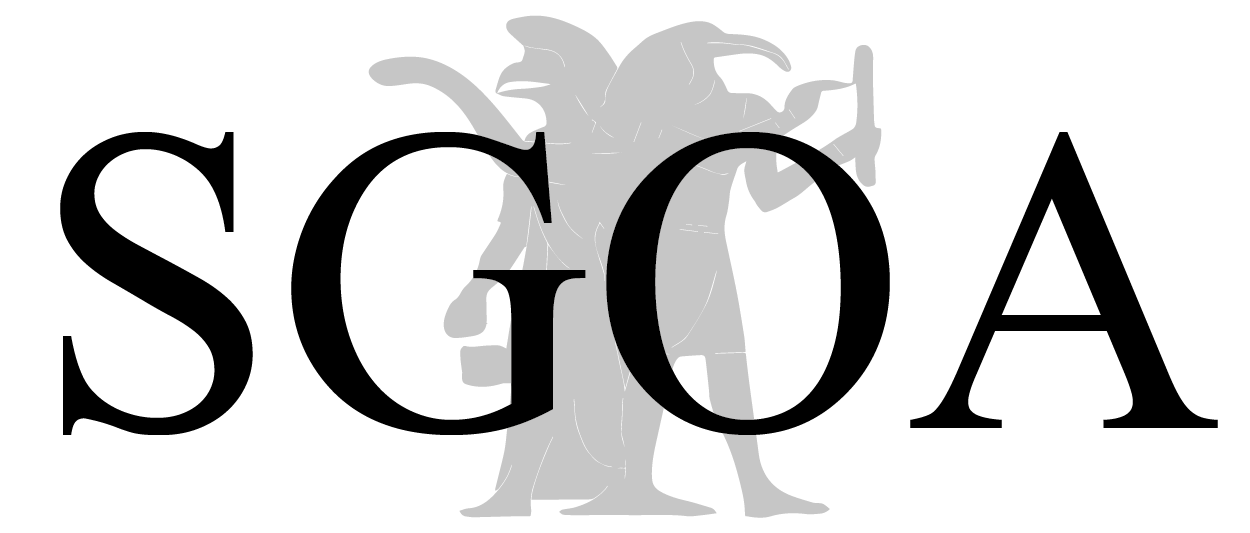4 juin 2018
In
Publications
Actes du colloque organisé par le Collège de France, Paris, les 19 et 20 mai 2014.
Dans bon nombre de religions antiques et modernes, la question de la place de l’homme et de sa relation avec des dieux ou autres puissances supérieures occupe une place importante. Loin de réduire cette réflexion à un simple binôme humain(s) vs. dieu(x), de nombreux textes et représentations figurées anciens attestent l’idée qu’il existe entre les dieux et les hommes toute une série d’êtres intermédiaires ou hybrides, qu’à la suite des anciens nous avons l’habitude de nommer « anges », « démons », « héros » et que l’on qualifie volontiers aujourd’hui d’êtres « surnaturels ». Parmi eux, les morts (ou du moins certains morts éminents) à qui l’on prête la connaissance d’un monde que les vivants ne peuvent qu’imaginer imparfaitement, occupent une place particuliere.
Ces êtres intermédiaires (certains anonymes, d’autres nommés tels que Pazuzu, Azazel, Gabriel, Métatron, ou Satan…) peuvent jouer des rôles que l’on ne veut pas attribuer aux dieux, en être les relais ou les adversaires ou prendre le rôle de médiateurs entre des dieux trop occupés ou trop lointains pour entretenir une relation directe avec les humains, ou entre les mondes inférieur et supraterrestre. La gestion de ces figures souvent liminaires peut s’avérer plus compliquée encore que de satisfaire les dieux. En même temps, elles reflètent la complexité des expériences du réel que faisaient les anciens et remplissent des fonctions dans le discours social qui vont au-delà de la simple fiction littéraire.
Ce volume issu d’un colloque au Collège de France organisé par la chaire « Milieux Bibliques » les 19 et 20 mai 2014 étudie de près ces êtres intermédiaires tels que les concevaient les sociétés du Proche-Orient ancien, et en particulier les lettrés à l’origine des écrits et littératures qui témoignent de leur imaginaire religieux. La plupart des contributions aborde, soit des textes cunéiformes du IIe et du Ier millénaire avant notre ère, soit la littérature biblique et des traditions postérieures qui s’en sont inspirées, du judaïsme ancien à l’islam en passant par le manichéisme ; l’Égypte et le zoroastrisme sont également pris en considération. On apprend ainsi à connaître et mieux comprendre les génies protecteurs et les démons malveillants, les héros et les géants d’antan, des humains divinisés ou des anges porteurs de révélations innovantes. Le panorama des intermédiaires bibliques s’avère particulièrement riche en figures de tout genre, au point de constituer un véritable pandaemonium israélite et de soulever cette interrogation à première vue surprenante : y aurait-il eu, à un moment donné, un trop-plein dans le monde divin ?
—
It has long been an important issue for many religions, both ancient and modern, to imagine and question the differences between humans and deities as well as their means to communicate between each other. Ancient Near Eastern texts and iconography conceive this relationship in more than binary terms (i.e., human vs. divine): they presume the existence of various intermediate and often liminal entities, whom scholars have usually classified in terms of “angels”, “demons”, “heroes” etc. According to ancient belief, such beings (some anonymous, others named such as Pazuzu, Azazel, Gabriel, Metatron, or Satan…) could take over roles that were considered as unfitting for the gods themselves; they could act as messengers and intermediaries, or in contrast even rival the gods. The dead (or at least the prominent among the deceased, such as kings or prophets) could be considered as intermediates in their own right, since they were thought to have special knowledge of a sphere that the living could only imagine imperfectly. To keep such entities at a distance or to satisfy them and gain their sympathy could at times prove no less challenging than to serve the gods. On the other hand, imagining those entities helped ancient societies and individuals, and particularly the literary elites among them, to manage and structure the contingencies of the world they lived in.
The present volume offers the proceedings of an international symposium, organized by the chair of « Milieux Bibliques » and held at the Collège de France on 19-20 May 2014, dealing with intermediate beings as imagined in ancient Near Eastern societies and reflected in their textual and visual records. The aim was to get a better sense of how such entities were conceived, what roles they were attributed and what functions they fulfilled in culture and society, religion and literature, ritual and belief. The contributions scrutinize cuneiform and other ancient Near Eastern texts, as well as biblical literature, in order to understand ancient Mesopotamian, Levantine and Israelite conceptions of human-divine hybrids and intermediaries; other papers address ancient Egyptian, Jewish, Manichaean, Christian, Zoroastrian, and Islamic sources and beliefs. In all their variety, and in the variety of the numinous figures (collectives or individuals, anonymous or named) that are analyzed, these studies provide vivid insights into how the ancients experienced and modeled the reality they lived in when mobilizing human-divine intermediates for their own concerns.
Thomas Römer est Professeur au Collège de France (Chaire « Milieux bibliques ») et à l’Université de Lausanne (Bible hébraïque). Il est Vice-Administrateur du Collège de France et directeur de l’UMR 7192.
Bertrand Dufour et Fabian Pfitzmann ont été ses assistants au Collège de France entre 2013 et 2015. Ils sont aujourd’hui doctorants en Ancien Testament/Bible hébraïque, le premier à l’Institut catholique de Paris, le second à l’Institut romand de sciences bibliques, Université de Lausanne.
Christoph Uehlinger est Professeur d’Histoire comparée des Religions et dirige le Département de Sciences des religions de l’Université de Zurich.
2017, pages XII-372,
ISBN 978-3-7278-1815-8
Commande du livre
Peeters Publishers
Download texte intégral
ZORA (Zurich Open Repository and Archive)

